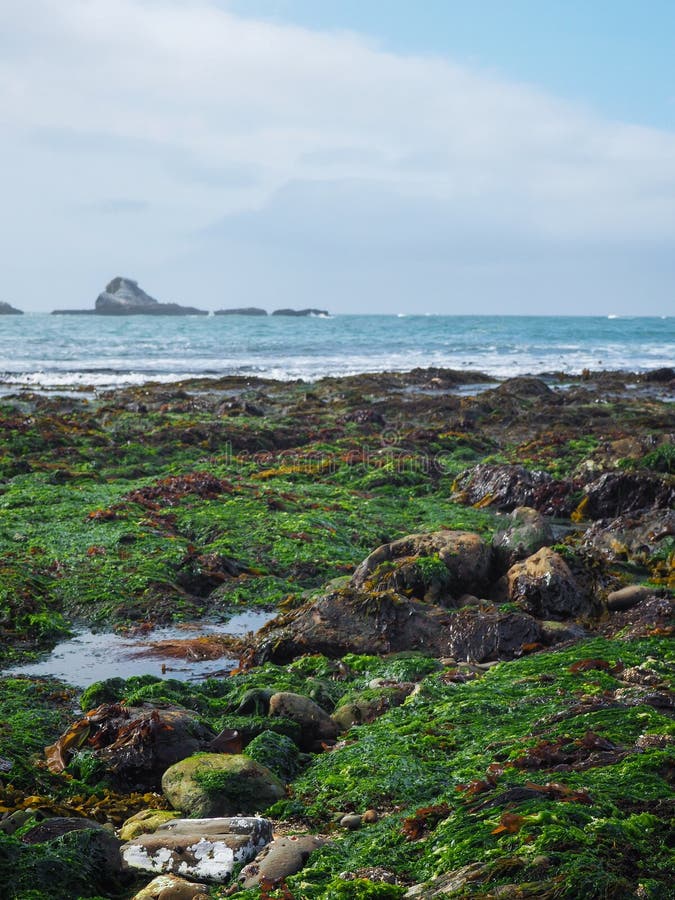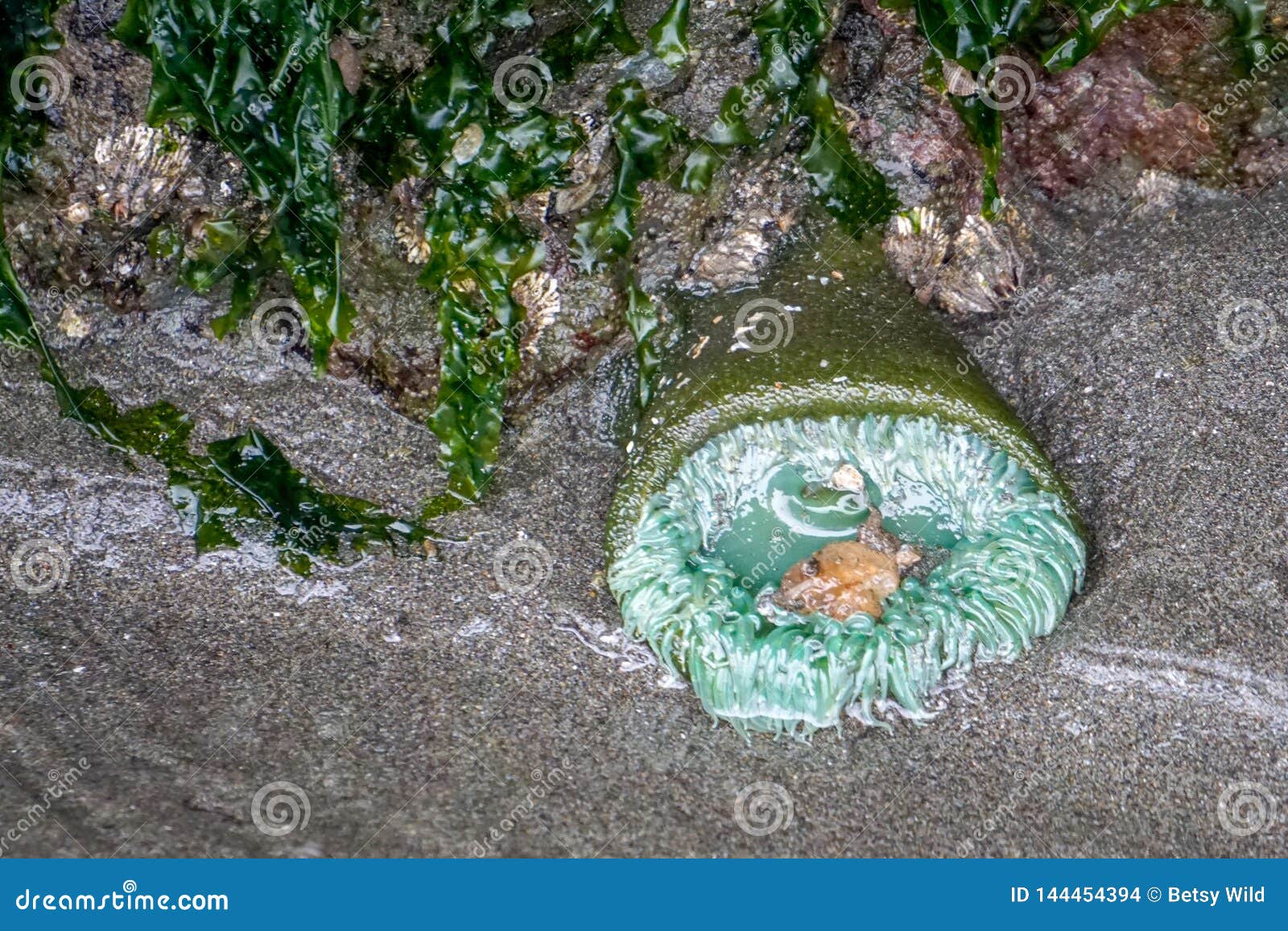

In addition to collecting and processing “sea vegetables,” participants learn about shellfish and coastal edible wild plants, including information on permitting. John Kallas hosts an annual Native Shores Wild Food Rendezvous.

In northwest Washington, Arcadian Abe writes of collecting rockweed bladders ( Fucus gardneri), nori ( Porphyra sp.), sea lettuce ( Ulva sp.), sugar wrack ( Saccharina latissima), bull kelp ( Nereocystis luetkeana), and sea cabbage ( Hedophllum sessile). To protect herring populations, however, this practice is now illegal in most states without a special permit (Hahn, 2010).įortunately there are many spawn-free seaweeds-or sea vegetables-in coastal waters around the world, almost all of which are edible, conditions permitting. The middle and northern coastal First Peoples of the same region gathered herring spawn-covered blades of giant kelp-the brown algae Macrocystis integrifolia-and dried them out to later reconstitute, boil, and eat with euchalon grease or cut into strips for chewy snacks that children could carry to school with them (Turner, 1997 ed.). They would later tear or chop these cakes into small pieces, soak and boil the seaweed and serve it with the rendered grease of euchalon-a small, greasy fish-along with boiled dog salmon or clams. perforata) into tall cedar boxes along with boughs of Western red cedar and then left them for a month, weighted down with rocks, before unpacking and repeating the process several times to make seaweed cakes (Turner, 1997 ed.).

In British Columbia, for example, the Kwakwaka’wakw and Haida packed layers of partially dried and fermented red laver ( Porphyra abbottae syn. I experienced similar incredulity from Connecticut’s DEP Inland Fisheries Division when I asked for a permit to harvest seaweed for personal consumption.Īnd yet, seaweed collection is a longstanding tradition along swaths of North America’s West Coast, where local indigenous peoples made-and continue to make-seaweeds a part of their diets. Not only would I collect, but also dry the seaweed at their house so I could take it back to Colorado with me for cooking experiments. My parents shot me quizzical looks last summer when I announced my plan to gather seaweed in Long Island Sound, off the Connecticut coast. Irish moss (Chondrus crispus), top right, and a species of sea lettuce (Ulva), collected in Old Lyme, Connecticut.


 0 kommentar(er)
0 kommentar(er)
